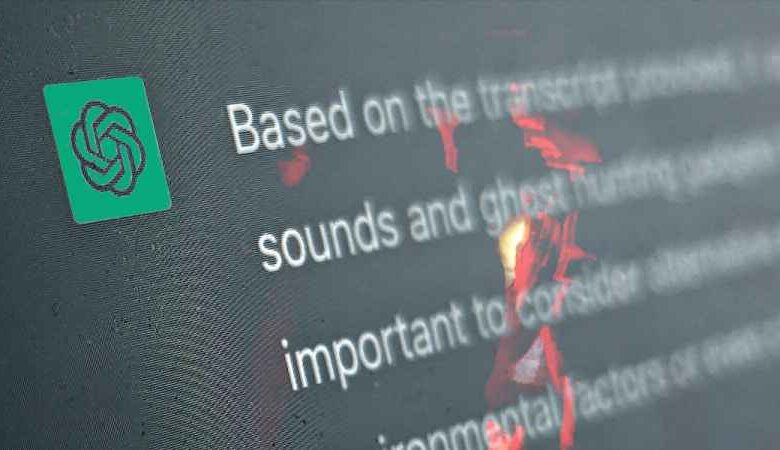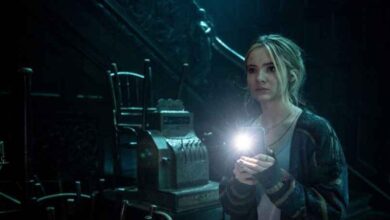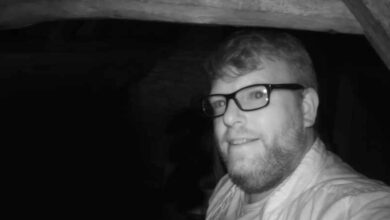Using AI To Analyse Suspected Paranormal Activity

Artificial intelligence (AI) is fast becoming an important part of our daily lives, which made me wonder whether it had any practical application on a ghost hunt. To test this idea, I decided to get ChatGPT, the leading AI chat bot, to analyse a recent paranormal investigation I attended and asses the activity we observed.
The first step was to give ChatGPT the raw data of our ghost hunt. This involved taking the audio recording of a 30-minute vigil and using some AI transcription software to turn the audio recording into words.
The next step was a little more time consuming. I worked through the transcript and took out irrelevant chatter and formatted it consistently to show each question or instruction asked by one of the investigators and whether that question generated a response.
In total the investigators present called out 57 times. If you’re interested you can see all of the raw data in the table at the bottom of this page, as well as the responses we observed on the night.
The next step was to give the whole transcript to ChatGPT and ask it to assess the likelihood that the perceived activity we observed was paranormal in nature.
My hope was that using AI would make this process more impartial, as an AI model should be less susceptible to the biases or preconceived notions that sometime skew human investigators’ interpretations. Human investigators might unconsciously seek out evidence that supports their beliefs, whereas AI models can provide a more balanced analysis without being influenced by such biases.
Below is the conversation I had with ChatGPT version 4 and it’s thoughts on the ghost hunting transcript I provided it.
If you break down those 18 responses further, you find that only 15 of them made sense as responses to the question being asked. For example, a device lighting up after asking “could you tap twice?” couldn’t be considered an intelligent or meaningful response. It would have been impressive if the AI chat made reference to this.
However, it was positive to see that ChatGPT picked up on the contradictions in the responses, something that the investigators on the night actually seemed to be blind to. ChatGPT concluded, “the spirit appeared to indicate that it was female, […] this was later contradicted when three knocks were heard in response to the same question.”
One thing ChatGPT missed was the inconsistencies in the questioning, which should have been considered as it might have confused the spirit we were potentially communicating with.
If you look at the questions closely, the first time someone asked about the spirit’s gender they asked for one knock for female and two for male. The second person asked for one knock for male, and the third person reverted to one knock for female. Is it any wonder that at this point the spirit got confused and knocked three times? Again, none of the investigators on the night noticed this confusing line of questioning.
This use of AI seems promising and seems to have potential. Of course there are huge limitations in how far an AI can go in assessing potential evidence without having a complete awareness and understanding of the investigation, including the environment and participants.
A text transcript obviously isn’t the best way to analyse an investigation, as evidence can include visual and sensory phenomena, plus audio recordings, photographs, and video footage. We can tell ChatGPT about this visual evidence, or audible evidence as I did with the knocking in this experiment, but then you remove some of the impartiality that I had hoped for. I might call a sound a “knock,” perhaps it was in fact a tap, a bang or a footstep.
AI isn’t going to be able to observe a ghost hunt in real time in order to make proper informed judgements about the activity experienced any time soon. But it does seem like the technology has potential in the field. Imagine being able to get AI to “watch” hours of video from locked-off cameras looking for movement or anomalies, or listening out for unrecognised voices in recordings that could indicate the presence of an EVP.
You can see the raw data taken from the transcription of the vigil in the table below, as well as the responses we observed.




